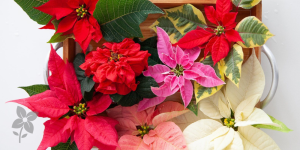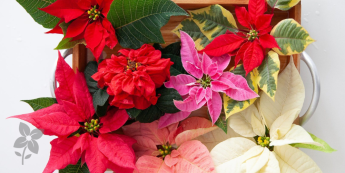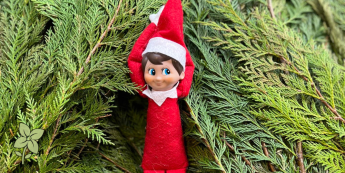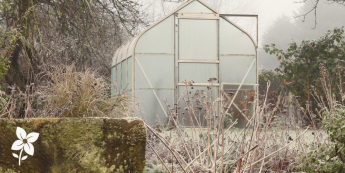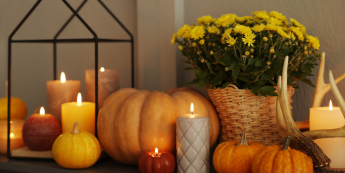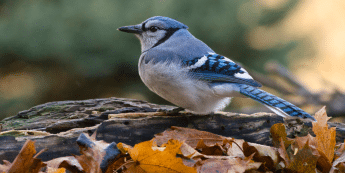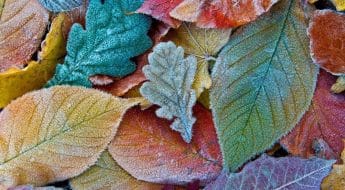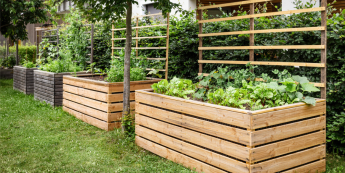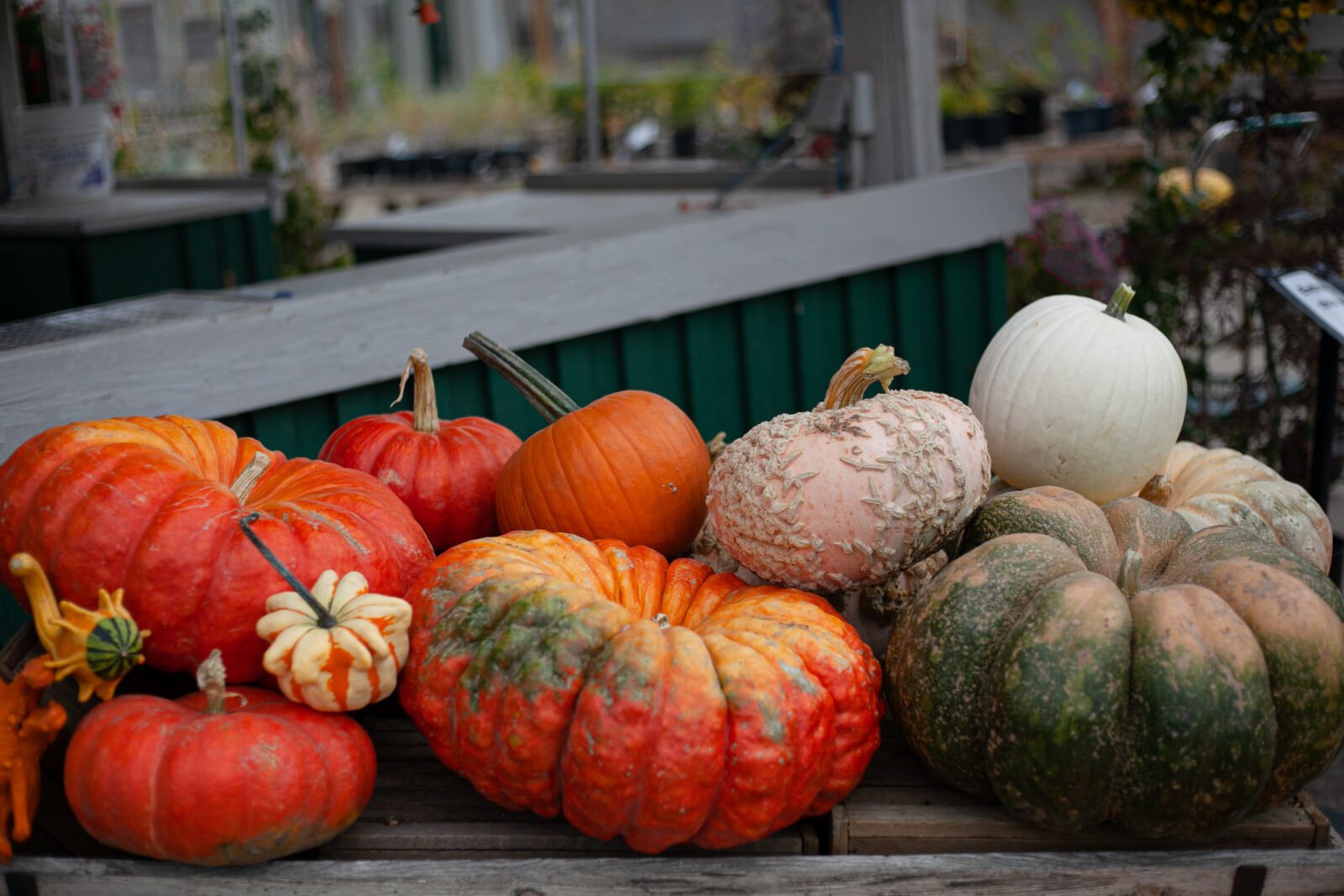
Pumpkin Care Guide
Selecting Your Pumpkin
- Tough Rind: A good pumpkin should have a firm rind. Test it by trying to puncture the skin with your fingernail. If it’s hard to do so, it’s likely a good pick for curing.
- Sturdy Stem: Choose a pumpkin with a robust stem and always support it by the base when carrying.
Home Care
- Clean Well: Before carving or storing, wash your pumpkin in a mild bleach* solution (1 teaspoon bleach* per gallon of water) to kill any surface bacteria. *if you are eating your pumpkin replace bleach with dish soap
- Dry Thoroughly: After washing, make sure to thoroughly dry your pumpkin to prevent mold growth.
Storage
- Ideal Conditions: Edible pumpkins and winter squashes are best stored in a cool, dark room. Depending on the variety, they can last anywhere from 3 to 11 months.
- Rotation: If you’ve got multiple pumpkins, especially if they’re stacked, rotate them occasionally to ensure they cure evenly.
- Concrete Warning: Avoid placing your pumpkin directly on concrete as it may absorb moisture and rot.
- Cold Weather: Keep your pumpkins away from frost or snow. Bring them indoors when there is a risk of frost.
Carving and Halloween
- Timing: Try not to carve your Jack-o-Lantern more than 3-4 days before Halloween to keep it looking its best.
- Planning: If the Halloween spirit is high, focus on planning costumes before getting to the carving!
Post-Carving Care
- Petroleum Jelly: After carving, apply petroleum jelly to the cut edges to seal in moisture and prolong life.
- Hydration: If your carved pumpkin starts to shrivel, you can revive it by soaking it in a water and bleach solution for up to eight hours.
Use a Fake Candle
- LED Lights: Using an LED light instead of a real candle inside your carved pumpkin can help minimize deterioration due to heat.
Edible Treats
- Seeds: All pumpkin seeds are edible. Rinse them, dry with a paper towel, and roast for a tasty snack.
- Pumpkin Pie: Many varieties are great for eating! Check out our favourite pumpkin pie recipe Pumpkin Pie with Ginger & Gingersnap Crust
If you love experimenting in the fall, you can play with all sorts of creative pumpkin decorating ideas before you ever carve into the real thing.
For the Season

Featured
The Art of the Shelfie: Transform Your Space with Plant Display Shelves
A quiet morning sun spills across a room where plant display shelves stretch from floor to ceiling—an emerald waterfall of ferns, trailing pothos, and glossy
November 18, 2025

HOW TO GUIDES
The Science of Rest: How Dormancy Prepares Plants for Spring
Understanding plant dormancy reminds us that growth does not always mean movement; sometimes, the greatest progress happens in stillness. In the stillness of a
November 3, 2025
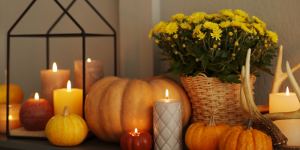
HOW TO GUIDES
Creative Pumpkin Decorating: Beyond the Classic Jack-O’-Lantern
Pumpkins have always been the icons of autumn—symbols of harvest, hearth, and home. Yet, within every gourd lies something more: a blank canvas waiting for
October 22, 2025



